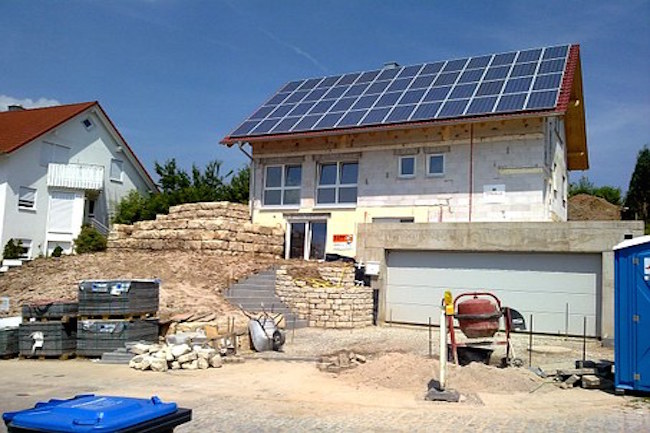10 Best herbs to plant on your kitchen windowsill by: Divina Ramirez for Natural News
Sign the Petition >>>> Stop the government from criminalizing and censoring alternative healthcare information
Despite its health and economical benefits, gardening might be neither practical nor doable for most people in cities and urban neighborhoods. These places just offer little to no space for green gardens – or so people think.
Lack of outdoor space shouldn’t rule out a garden, at least not in the traditional sense. Old plant pots and tin cans can still be put to good use for starting an indoor herb garden right on the kitchen windowsill.
Best herbs for indoor gardening
Herbs are some of the easiest plants to care for, requiring minimal maintenance and space. Here are some of the most reliable herbs for indoor gardening, according to gardeners at Good Housekeeping:
Basil
This popular Italian herb likes full sun and moist, fertile soil. Start basil from seeds and place the pots in front of a window that gets the most sun. It also isn’t high-maintenance as it can tolerate short periods of drought.
Basil can be planted in a separate container or alongside other herbs that share the same needs, such as parsley and thyme. Basil needs to be pruned once it reaches about six inches tall.
Bay
This classic herb is ideal for soups, stocks, meat dishes, pasta recipes and the like. But unlike basil, bay doesn’t like moist soil. Bay also needs proper air circulation to stay healthy, so it’s best to keep it in a separate pot or container.
Chervil
Chervil, or French parsley as it is sometimes called, is best planted during the late summer months so that it can bloom in the fall. It likes cold temperatures ranging from 65–70 F. It also does not require full sun, and it can tolerate a bit of shade.
Chives
Sign the Petition >>>> Stop the government from criminalizing and censoring alternative healthcare information
These clump-forming perennials like potting soil rich in organic matter. The plants are best suited for container gardens indoors and often reach about 10–12 inches tall. Chivesare also a popular choice among beginner gardeners because of their drought-tolerant nature.
Oregano
Oreganois an essential ingredient in Mediterranean dishes. This perennial does best in full sun, but it doesn’t tolerate moist soil. It can be difficult to start oregano from seeds. Seasoned gardeners like to start theirs from stem cuttings of an outdoor oregano plant.
Parsley
This popular garnish likes full sun, but it often takes up to a month just to sprout. But once the plant establishes strong roots, it can be harvested for several seasons before it dies. (Related: The unassuming parsley has many healing properties, including the ability to fight cancer.)
Rosemary
Rosemary is a Mediterranean shrub that likes dry and sunny spots. It can reach up to three feet tall if planted in quick-draining soil. Rosemarycan tolerate drought, but it’s best to keep its soil moist. Start it from cuttings to skip its long sprouting period.
Sage
Take a cutting from an outdoor sage plant and plant that indoors. Sagecan tolerate poor air circulation, but it does need to be under full sun as much as possible. Sage likes moist soil, and the plant itself can add a nice aesthetic touch to an indoor garden.
Tarragon
Tarragon is a perennial herb related to lettuce. It is often used as an aromatic garnish for eggs, chicken and fish recipes. Tarragon likes the cool fall temperatures, but it needs regular mulching to protect its roots. Tarragon also needs to be pruned to keep it from getting too tall for its container.
Tarragon does not seed, so gardeners looking to plant this herb might need to purchase a transplant or get a cutting from someone else’s tarragon plant. Tarragon is best used fresh because it loses much of its aroma once dried or frozen.
Thyme
Thymecomes in different varieties, but all of them prefer full sun and quick-draining soil. Thyme is ideal for small-space containers because the plant often reaches just 10 inches tall. Start thyme from cuttings and place it on a sunlit spot by the window.
Limited outdoor space shouldn’t be a hurdle to starting an herb garden. Herbs also require less maintenance than other garden crops and boast a high success rate to boot. These characteristics render them some of the easiest plants for beginner gardeners.
Sign the Petition >>>> Stop the government from criminalizing and censoring alternative healthcare information




